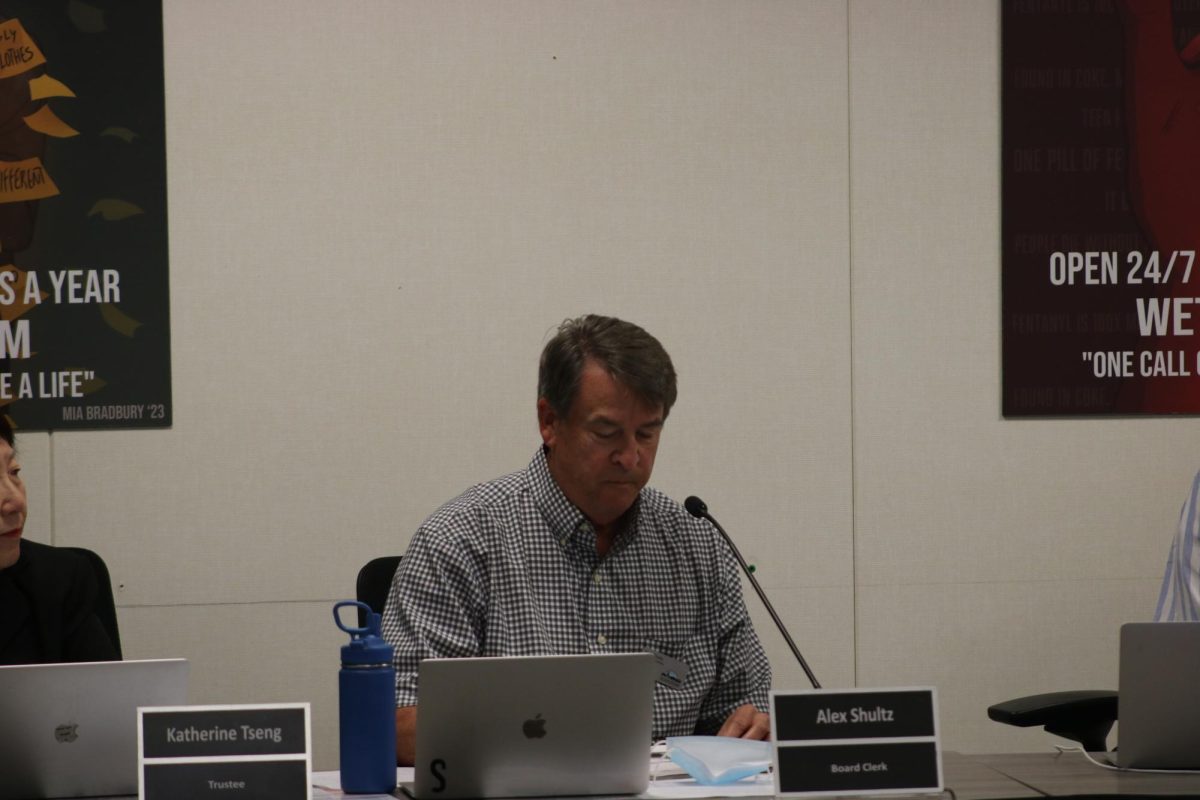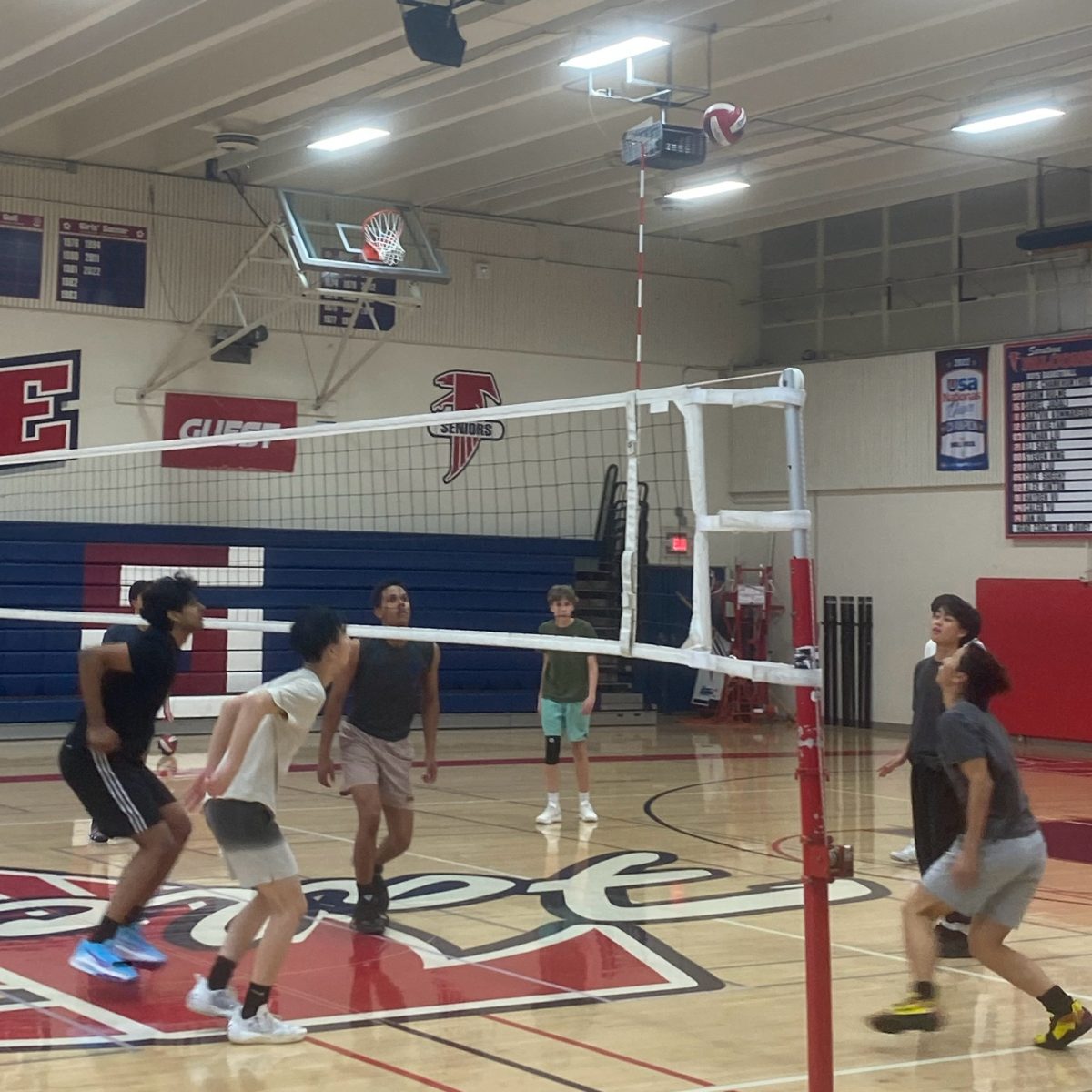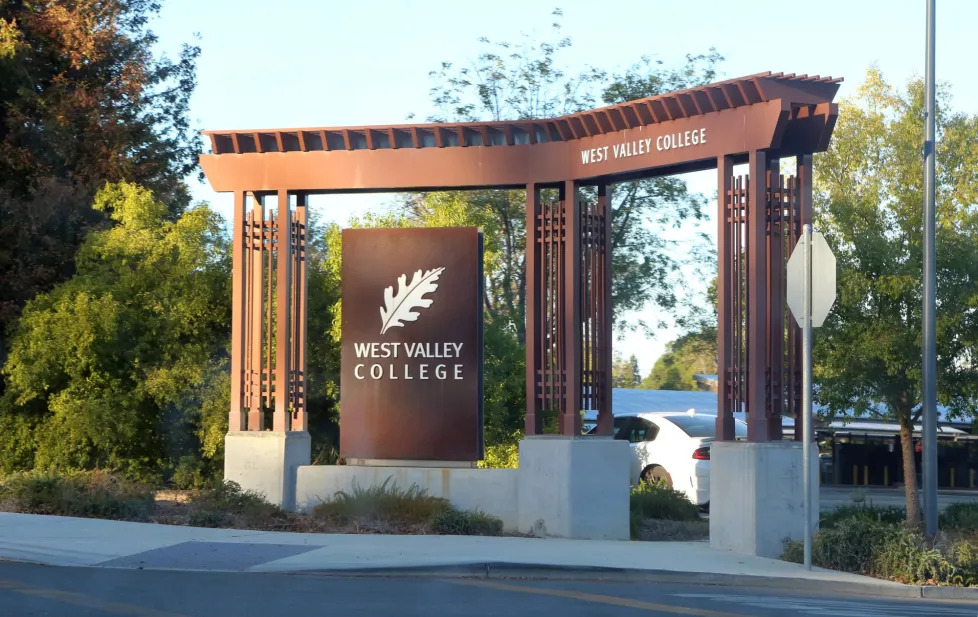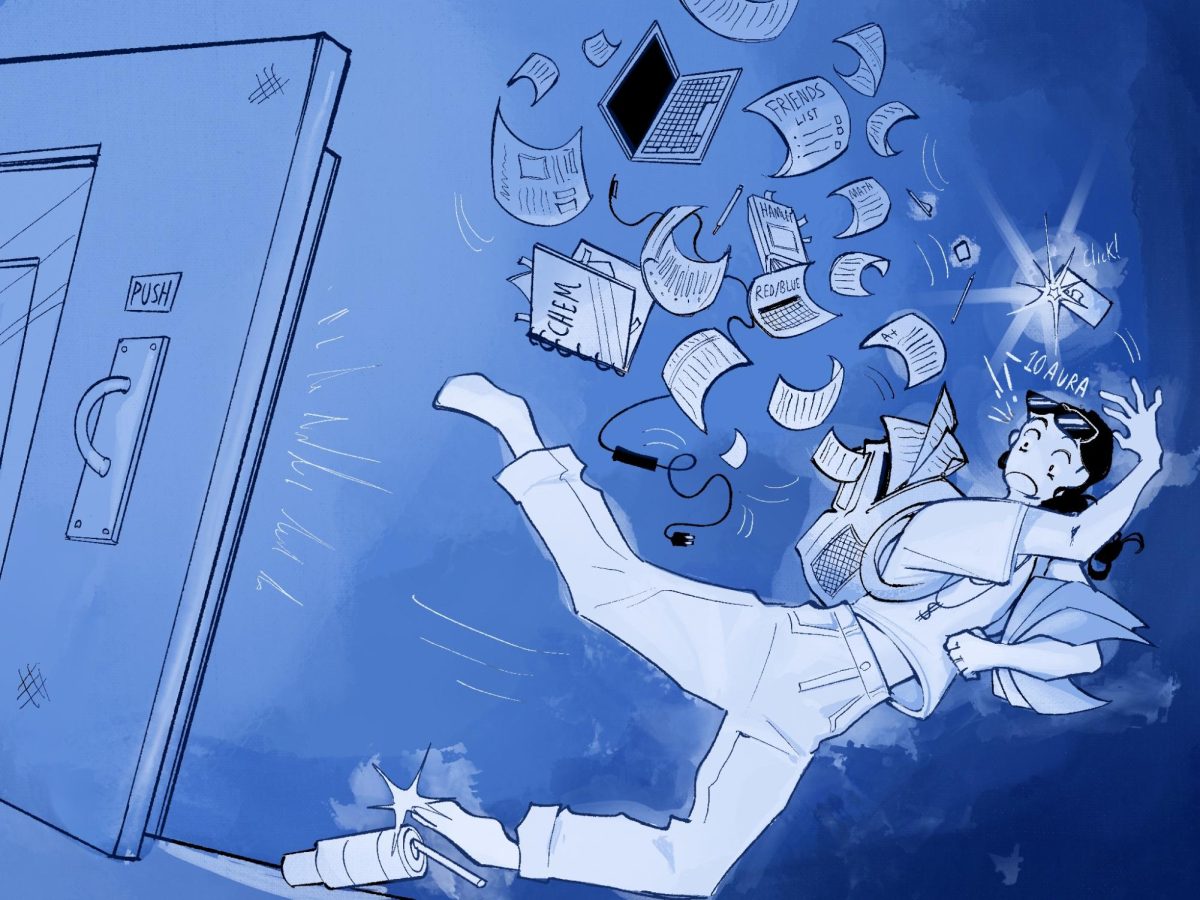Every morning, the school parking lot resembles a battlefield. Students drive far above the speed limit and cut each other off to ensure that they won’t be late to class.
Immature driving by students has caused multiple accidents in the parking lots on campus and it demonstrates that some students simply aren’t prepared to take on the responsibility of driving.
There are many skills that are both difficult and take time to master. Though most people would not consider driving a skill with high barriers, they should.
If you aren’t ready to drive, don’t drive; it’s as simple as that. Driving requires a certain level of maturity.
It goes without saying that driving is one of the most dangerous activities. According to NTSB, motor vehicle crashes are the number one cause of death among teens.
For these reasons, there are several key precautions that have been put in place to reduce the number of accidents, like car safety design and having a legally mandated minimum age for a driver’s license. Yet one of the most important precautions someone can take to prevent accidents is having an idea of personal responsibility.
Although driving is considered a “rite of passage” for many teenagers, there should be a sense of responsibility for those who are in the process or have gotten their driver’s license. The truth still stands that if students are not ready to drive, whether or not they are 16, they shouldn’t be driving. Simply, they aren’t ready to face such a big responsibility.
If someone has failed their driving test three times, it’s a sign to practice more before actually going solo on the road. If someone has gotten into multiple accidents, it’s a sign that they may not understand road rules (given the California DMV allows for eight errors out of 48 in its provisional permit test), don’t have proper motor skills to control their vehicle or a combination of both. Needless to say, the problem of reckless teenage driving and high accident rates can’t be fixed by simply increasing the driving age — some people just aren’t ready to drive at age 16 and would be better off driving at 18 or even older.
It is imperative for students and all drivers in general to look at themselves realistically and judge whether they are ready. The signs of being a bad driver are obvious. If student drivers aren’t ready, they should wait a few months before trying again, and above all, they should recognize that their own and other people’s safety is far more important than the liberties that driving may give them.

























